Teachers, What Does Your Principal Look for in the Classroom?
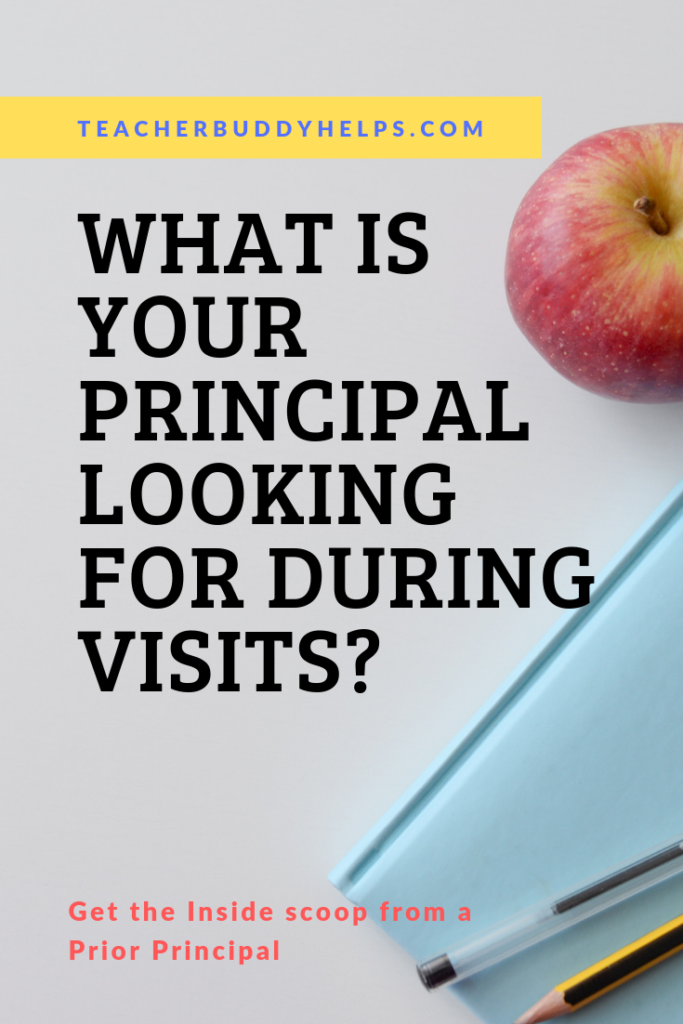
Do you want to find out “what does your principal look for in the classroom” when they do an informal walkthrough?
Most principals (at least those that are worthy) know that they will find teachers in various situations when they walk through the classroom.

Many will be teaching in front of the class, others will be helping a student at his desk while the other students are working quietly. Still others will be sitting at a side table with a small group of students. A few will be at their desk while the students are completing an assignment, or he might be scolding a misbehaving student.
None of this scenarios is wrong, but obviously, some look better to a walk-through visitor than others. So, what does you principal look for during visits?
The best kind of administrator (and I like to consider that I was one of those) can put themselves in each of these situations. And have some compassion for the teacher who is having a difficult situation at that moment in time.
Often, the administrator that CAN’T relate was probably one who only taught for the minimal amount of years before entering administration.
You see, the more years you actually teach, the more likely the chance that your will be in each of the scenarios mentioned above when your principal walks into the room.
What is the MAIN Image Principals want to See? What does your principal look for in the classroom?
Believe it or not, the first thing that is noticed is CLASSROOM CONTROL. And the main reason for this is that principals know that appropriate pedagogy (the art of teaching) can be taught. Now mind you, some people are just better at it than others…
BUT no learning will take place if there is no classroom control in the room. A teacher who does not control their students’ behavior is having a difficult year. YES, this can also be taught but it’s more difficult.
Here is another article I have written about taking charge in your classroom. You can read it here:
10 Effective Ways to Prove Your Are in Charge of Your Classroom
Establish Routines
The best way to obtain control of your classroom is to have a well-established set of classroom routines in place that you adhere to religiously. If you’d like to see my list of classroom routines that I used, you can download it for FREE below. Just send me your email address, and I will zip it right over to you.
**
Let me give you an example; I taught for 14 years before becoming an administrator. Each of the scenarios that I mentioned in the first paragraph happened to me as a teacher.
I was proud as a peacock when my principal walked in and I was teaching and the students were engaged. AND, I was ready to crawl under a rock when a principal walked in when I was scolding a student. There was another time when I was at my desk while students were working.
My Sixth Grade Experience
My first year teaching sixth grade after moving up from first grade, I was managing ok, but I still didn’t have a good grasp of the various ways to have students read that week’s story from the anthology.
So, I most often would have students reading aloud using a variety of ways to decide who reads next. I learned fairly quickly that I couldn’t just tell them to read the story silently because about 10 of them would only pretend to do so.
Anyway, my principal (a brand-new principal-who just a few years before had been a second-grade teacher at our school) seemed to always walk in for her informal “walk throughs” during our reading period.
One day she asked why the students were always reading aloud when she walked in. So I said, “because you always come at reading time.” I probably wouldn’t have answered that way except she had been a colleague earlier.
Later I worried a little bit about my blunt answer. But it got me thinking about other strategies to use during reading time (which was probably her point all along).
Some Incidents When I Was a Principal
Fast forward 10 years, and now I am the principal doing the walk throughs.
One time I came in a second-grade room right after lunch and the teacher was looking for some instructional materials that she needed for that lesson while the students were waiting (doing nothing).
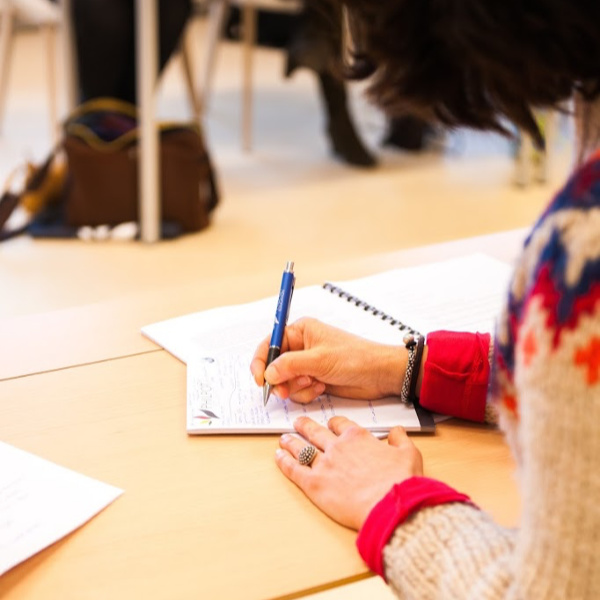
I sat down, curious to see how long this would go on before she noticed I was there. After about 40 seconds or so one of her students blurted out that I was there.
She got flustered and said she couldn’t find “the thing” (I don’t even recall what she was looking for, but it was Math time). I told her to just move on to the next thing in the lesson, she did and everything was fine.
Later I met with her individually and told her that I completely understood that sometimes you have to look for something. BUT that what she should have done first was get the students working on an assignment so that they are staying busy and not waiting.
I gave her the suggestion of having them write out their subtraction facts beginning with the 5’s. She thanked me and said she hadn’t thought of that. It’s amazing all the little things you learn about teaching the longer you do it.
So, note this: Always give students an assignment to work on if you need a few minutes before you are ready to begin instruction.
BUT, if you plan ahead of time, you would already have the item ready to go for the lesson.
You might be interested in the FREE downloadable I’ve created called “10 Ways to Impress Your Principal.” You can get it here.
**
You See, The Role of the Principal is to be the Instructional Leader.
This was my favorite part of my principal’s job; being an Instructional Leader. When I was Interning as an Administrator, I worked under a fabulous Principal (who later had a school named after him).
He told me that the term Principal came from the 1800’s when the title then was Principal Teacher. Back then, the Principal was a teacher who also took on the duty of running the school.
Another Good Example of “what does your principal look for”
I have another good story about this. I had certain deadlines from my superintendent on when to have ALL my first observations completed by, and when to have the second formal observations completed by.
There was an excellent first grade teacher who went on maternity leave after the second week of school and returned six weeks later. When she returned, I only had two weeks left in which to conduct my first formal observation of her (and she was on my evaluation list that year).
During her absence, her class had a long-term substitute. While meaning well and very sweet, she did not have good classroom control down yet.
When I went in for the observation of the returning teacher, she was very nervous and mentioned it to me. The lesson was crafted well, and met the lesson objective. BUT, the students did not behave and this excellent (and very sweet) teacher was getting more and more flustered as the lesson went on.
Here’s an Article on Behavior Issues
Are you looking for an article about behavior problems in the classroom. Read this article.
Minimizing or Eliminating Behavior Issue in Elementary School
She made it through to the end and then we met after school to discuss her lesson. The first thing I did was ask her how she felt it went. She just poured out her frustration about the behavior of the students since she had returned from maternity leave, and doubting her skills in her frustration.
I told her to go back to the beginning as if it was the first week of school and teach her routines, rules and procedures all over again to these students. And that once she had done that the rest of the year would go fine. She is a good teacher who has always maintained good classroom control.
She got this relieved look on her face and said that was a good idea.
Being a good Principal means being understanding and supportive.
I then asked her….”Would you like me to re-do the observation?” She was stunned and said, “You mean I can do that?” So we scheduled for a week later and it went GREAT, as I knew it would.
So, take it from your TEACHER BUDDY (who was also a principal) that you MUST HAVE CLASSROOM CONTROL for teaching to be productive and for learning to take place. This is an example of “what does your principal look for during walkthrough visits.’
If you are interested in reading more about classroom walkthrough visits by principals, I found a pretty good article online. It is a website called Study.com and the article is “What Administrators Look for During Classroom Walkthroughs”
Let me know what your concerns are; maybe I can offer some help or advice. And keep in mind these tips for “what does your principal look for during visits.”
Your Teacher Buddy
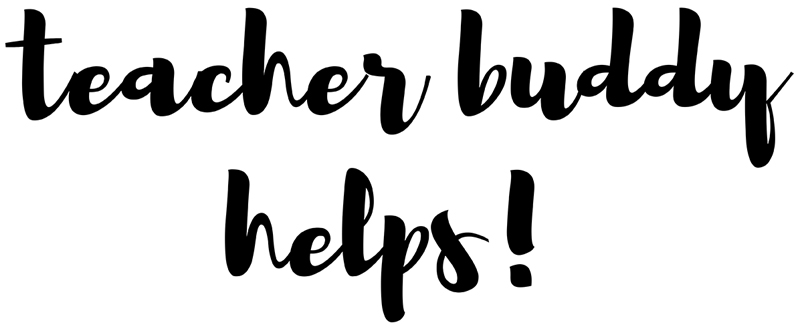
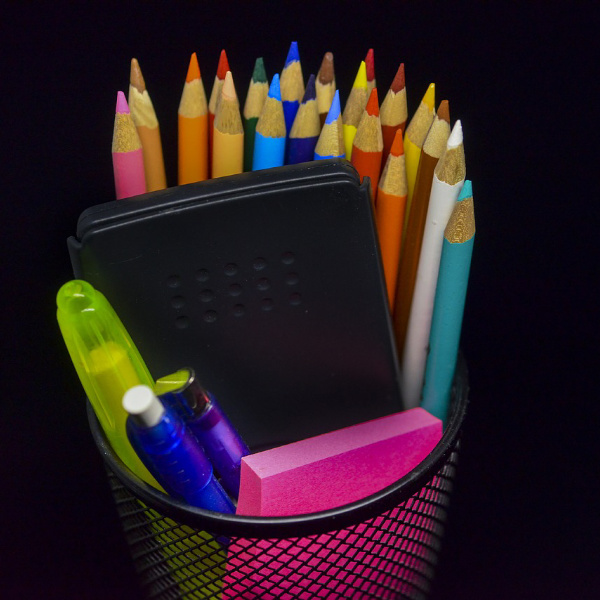

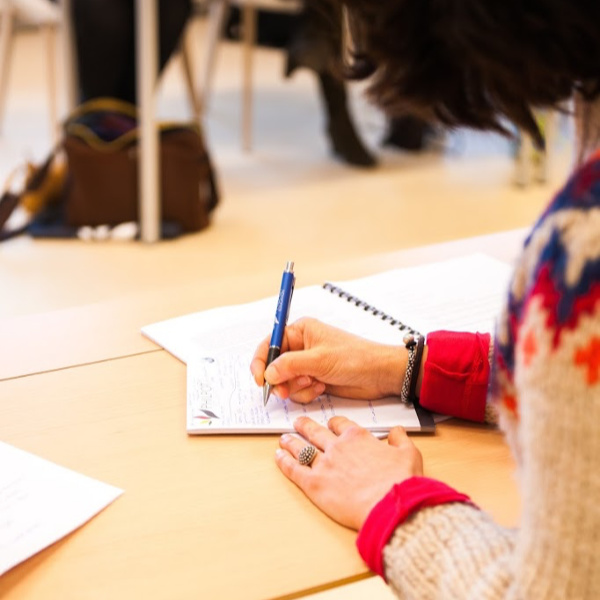

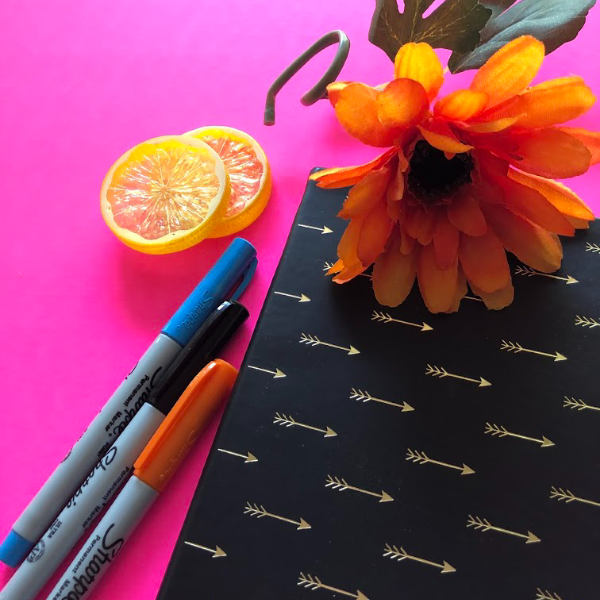

Loved this post! The insight from your past experience, the examples of real-life walk-throughs and the practical solutions for new teachers in understanding classroom control. Thanks for your gentle guidance!
Thank you, Carole. It is always nice to get supportive input.
Your Teacher Buddy Dawn
What an excellent article from someone who truly understands teaching and can be so helpful those in the profession.
One of my greatest frustrations was being told by my administrator (who had provided adjunct services to students, but had never taught a day in his life) that I had “too much structure”, because I did have routines, and stuck to them religiously. He also told me I needed to “lower my standards”. My standards were high but realistic and I did many innovative activities within that structure. I kept going as I was because my students were safe, secure and achieving in my classroom, but it was very demoralizing to be told these kinds of things.
Ellen, It saddens me to hear that you had a negative experience with your administrator. I agree that you get a better insight into things when you have actually done that job (as I was a teacher before an administrator). It sounds like you have good classroom management systems in place and are achieving good results so I say “just keep going.” Thanks for your positive comment on the article.
Dawn